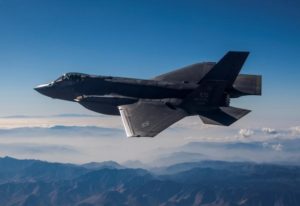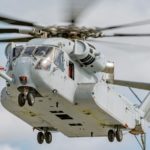
Lockheed Martin [LMT] has made, and will continue to make, investments needed to bring down the costs to operate the F-35 fighter jet but a majority of the costs are out of the company’s control and will require a team approach to lower, James Taiclet, chairman, president and CEO of Lockheed Martin, said this week. Taiclet said he soon hopes to meet with the military service chiefs and that “we will all get together on a tiger team and address…

 By
By 











